The chemicals behind the intense rotting smell of the ‘corpse flower’ (Amorphophallus titanum) – a jungle plant that only blooms once every few years with a smell likened to an open grave – have been identified by scientists.
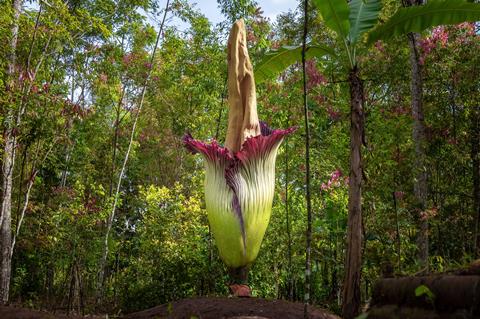
The giant flower’s foul odour is designed to attract pollinating insects, especially carrion beetles that feed on and lay their eggs in rotting dead animals – and the new study suggests the plant has evolved to spread its stench as far as possible.
The researchers found that the signature stink comes from the substance putrescine – a diamine derived from the breakdown of the amino acid arginine, which contributes to the smell of rotting meat – and the chemicals dimethyl disulfide and dimethyl trisulfide, which the flower creates from the sulfur-based amino acid methionine.
Dartmouth College plant biologist Eric Schaller, who led the study, says putrescine forms the basis of the odour while a mix of the two sulfur compounds can smell similar, but at much greater distances.
The study is based on examinations made of two blooms – one in 2016 and another in 2022 – of a 21-year-old corpse flower called Morphy that now grows in a greenhouse at Dartmouth College. When the solitary flower is blooming, ‘we tend to get the smell throughout most of our building’, Schaller says. ‘You can detect the smell quite a long way away.’
The research required Schaller to sometimes spend whole nights making temperature readings of the flower, for which he kept a separate shirt in his office. ‘Your clothes reek,’ he says, adding that his wife ordered that they be put outside the house following fieldwork because they smelled so bad.
As well as the chemical basis of the smell, the researchers also discovered that the prominent central stalk or spadix of the corpse flower increases in temperature, sometimes by as much as 11°C, just before and in the early stages of its bloom – a process known as thermogenesis. Schaller says this process is a significant drain on the sugar reserves the flower stores up in the weeks before it blooms, and seems to act on the dimethyl compounds in particular so that they can be smelt much farther away.
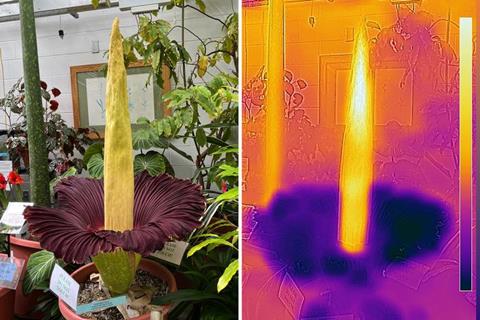
One notable finding is that the corpse flower smells slightly differently at different stages of its bloom, which typically lasts just a few days. Schaller suggests this may be because the flower is imitating different degrees of rot, which could make it more appealing to certain insects.
Scientists first encountered the corpse flower in a rainforest on the Indonesian island of Sumatra in 1878. It flowers infrequently in the wild, but it is popular in botanical gardens.
University of Buckingham plant physiologist Luca Turin, an expert in odours who was not involved in the study, notes that the plant’s use of sulfur compounds to supplement its smell is significant. Such compounds have some of the lowest odour thresholds of any chemicals and humans can smell them even when diluted to parts per billion. ‘They are incredibly powerful,’ he says. ‘Smell receptors seem to have a metal ion … and the sulfides bind to that.’
Turin has seen a corpse flower, but its bloom was over and it was not especially smelly. But he has experienced the smell of both dimethyl disulfide and dimethyl trisulfide: ‘Oh my god,’ he says. ‘It’s really intense.’
References
A Zulfiqar et al, PNAS Nexus, 2024, 3, 492 (DOI: 10.1093/pnasnexus/pgae492)
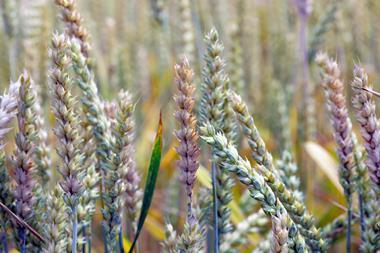

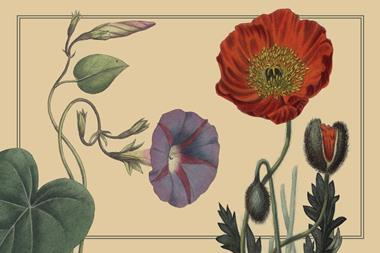


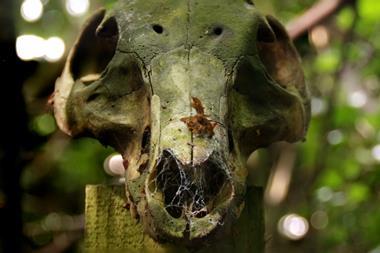






No comments yet